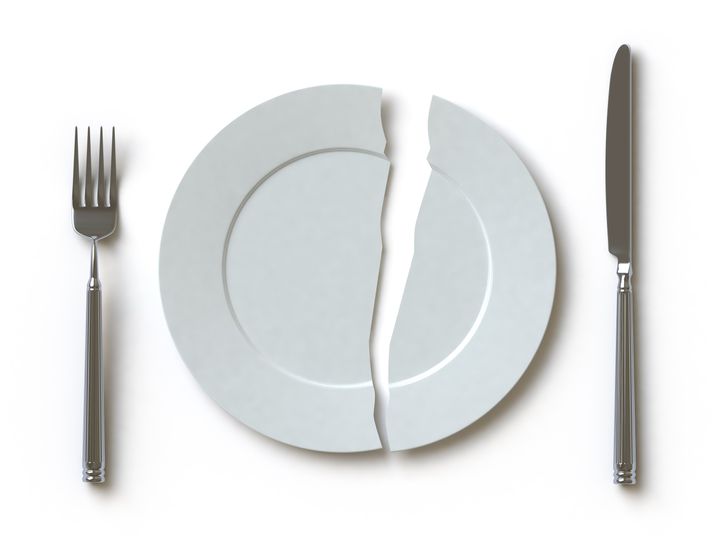
I am, in a totally irrational way, deeply offended by mediocre restaurants. They are worse than plainly awful restaurants, which inevitably close. There's comfort found in this truism -- they don't survive. But the mediocre ones, we don't know. Sometimes they'll stick around for years and years, punishing their customers with long waits and a hit rate of 1-in-10. Dropping that perfectly crispy, tangy fried-something appetizer, getting you to say something excited, like, "I think the kitchen finally pulled it together," only to then crush you with a piss-poor roast chicken. In my mind, these are the truly bad restaurants, because, like unmarked sinkholes, they're the most dangerous.
I'm also obsessed with these places, because I have trouble understanding how they survive. I want to believe people can tell good food from bad food, but that's a hard sell in the context of these places (none of which I will name, by the way, since my days of making restaurateurs squirm for a living are long over), which gets us to last week.
Recently, Kitchensurfing leadership got to spend a couple of incredibly insightful hours with Adam Freed, a very sharp guy who was most recently the C.O.O. of the craftsmanship-forward marketplace, Etsy. Our market aims to connects cooks of all kinds with people who love to eat, but many of the rules, and lessons to be learned, are the same.
We're trying to figure how our service, at its best when customers and chefs use food to forge a meaningful direct relationship, can be present in an additive way -- so that we don't get cut out of the transaction loop. For many marketplaces, Kitchensurfing included, success is a function of having a very good answer to this question.
So, Adam brought up the Peak-End Rule, which essentially says that people judge, and remember, experiences based mostly on how they were at their peak and at their end. It's hugely instructive for us. Should we, for example, arm chefs with Kitchensurfing-branded after-dessert cookies? Or, possibly better yet, after-dinner digestifs. The idea is that we'll do something, for sure. Probably, it'll be a variety of things; some tangible some less so.
But the Peak-End Rule got me thinking about restaurants, too, because Kitchensurfing will someday be the restaurant that comes to your house. Also, because I wonder if restaurant success is really much easier than we think. The best venues crush the peak and nail the end. There's no better example of this than Eleven Madison Park, where the wind-down of a meal can take an hour. The elaborate routine features a parade of add-ons -- one after the next, they arrive, erasing anything but your best impressions of the meal (and probably to some extent blunting the pain of the check). Granted, they're over-delivering on the rest of the experience, too.
What's more interesting is that great (the worst) mediocre restaurants get this right, too.There is invariably at least one dish on the menu that's stellar, often a burger or a pasta or a carb-y, cheese-y side. And they usually get the end right, too, with some combination of gentle check, free cookies and a rich chocolate dessert.
There's another riff opportunity here, about great chefs at great restaurants that struggle. Maybe they're not focused enough on the peak and the end. Certainly, it's a reasonable explanation for a place like Picholine, a three-star restaurant that's known mostly for having three stars.
It's instructive, to be sure. I feel a little bit better about mediocre restaurants, for one. At least we can identify what they're doing right. More importantly, those insane brownies you get every time a chef comes to your house? Powered by Kitchensurfing.
Originally posted on Medium.com